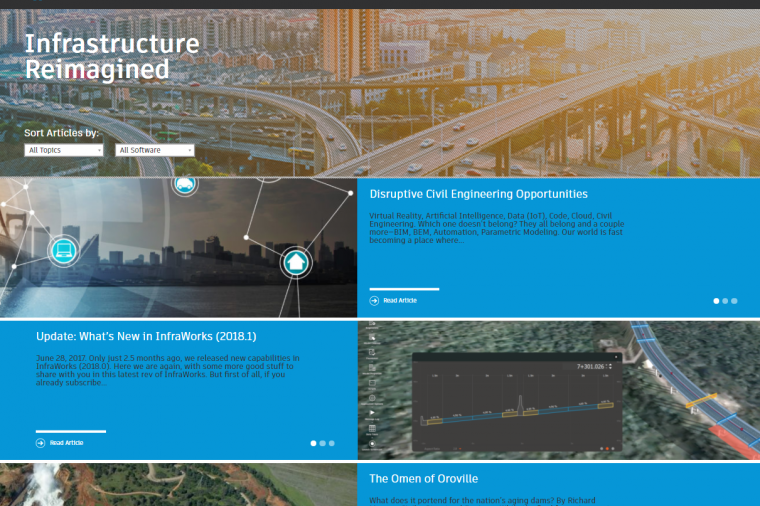The Future of Sanitation in the Government Workplace

The future of government offices, buildings, and installations is about to change dramatically. When workers return to work or building owners make changes to how they work, they can expect offices to be designed differently to minimize the spread of germs and make people feel safe. But we can also expect sanitation to step up significantly.
There’s going to be a special effort to consider and think about every possible place within the built environment that a human being has touched and the possibility of that being a source of contamination,” Don Gilpin, president and chief operating officer at IFMA told Vox.
More frequent and rigorous cleaning policies and deep disinfections overnight will become the new normal.
The new normal of sanitation puts pressure on building operators
But as building sanitation policies and requirements tighten, this places pressure on building operators and their sanitation teams to report on their efforts in a timely, transparent, and accurate manner. Traditionally, paper-based checklists have been the go-to solution for this task, but they are problematic for several reasons. Traditionally, cleaning and sanitation duties in any building are manually tracked. Cleaning teams must check boxes on a checklist after every area or room is cleaned. This introduces human error and allows for delays and inconsistencies in reporting. It’s also often important to document certain tasks with photos, signatures, or add notes, something that is impossible to do with paper checklists.
Paper also takes up space, is filed by hand or scanned to PDF, prone to damage, and hard to track down for reporting purposes. This can make it difficult for inspectors to fully understand if the facility is being compliant with sanitation requirements.
Facility managers will also need to maintain a single source of truth so that they can track sanitation processes, pinpoint trends and areas for improvement, execute and track inspections in a centralized manner, and generate issues when sanitation standards fail to conform.
New sanitation requirements call for smart solutions
To ensure government buildings conform with a new standard of sanitation requirements, building operators must find ways to ensure that checklists and inspections are performed accurately, consistently, and efficiently.
Digitizing the process end-to-end can help in this regard. Instead of manual checklists and workflows, creating digital checklists and workflows can help improve sanitation processes and avoid human errors. Digital quality checklists and issues ensure entire teams are maintaining quality standards from any device, anywhere. For example, the Autodesk Construction Cloud, helps mitigate human error and increases transparency across all teams involved in critical sanitation tasks.
Managers can assign checklists to team members, track the status of sanitation issues, add images, signatures, and standardize sanitation programs. This helps to reduce cleaning and inspection cycles, eliminates confusion and can keep teams on schedule. Signatures can be required to support team member accountability and clarity. Non-conforming responses will automatically generate issues that can be tracked and reported.
Adding the ability to complete these checklists on any Android or iOS device expands the ability to catch and resolve issues before they become costly. All cleaning and sanitation checklists and issues can be reported and printed for record-keeping – yet another example of how building operators can enable transparency across sanitation and building management teams.
Learn more about improving sanitation with digital checklists.
















































